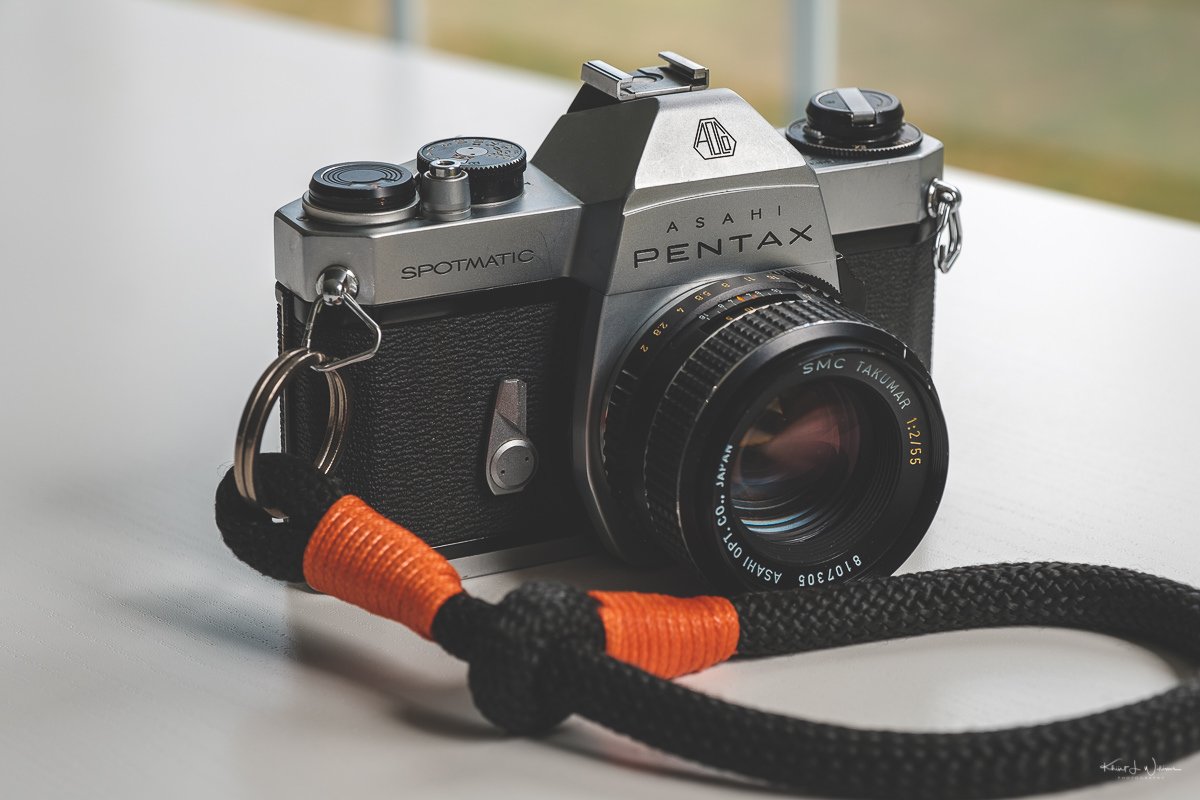If you’ve ever fantasized about holding a camera that feels more like a vintage typewriter crossed with a brick, then allow me to introduce you to the Mamiya RB67—aka the camera that breaks your back but steals your heart.
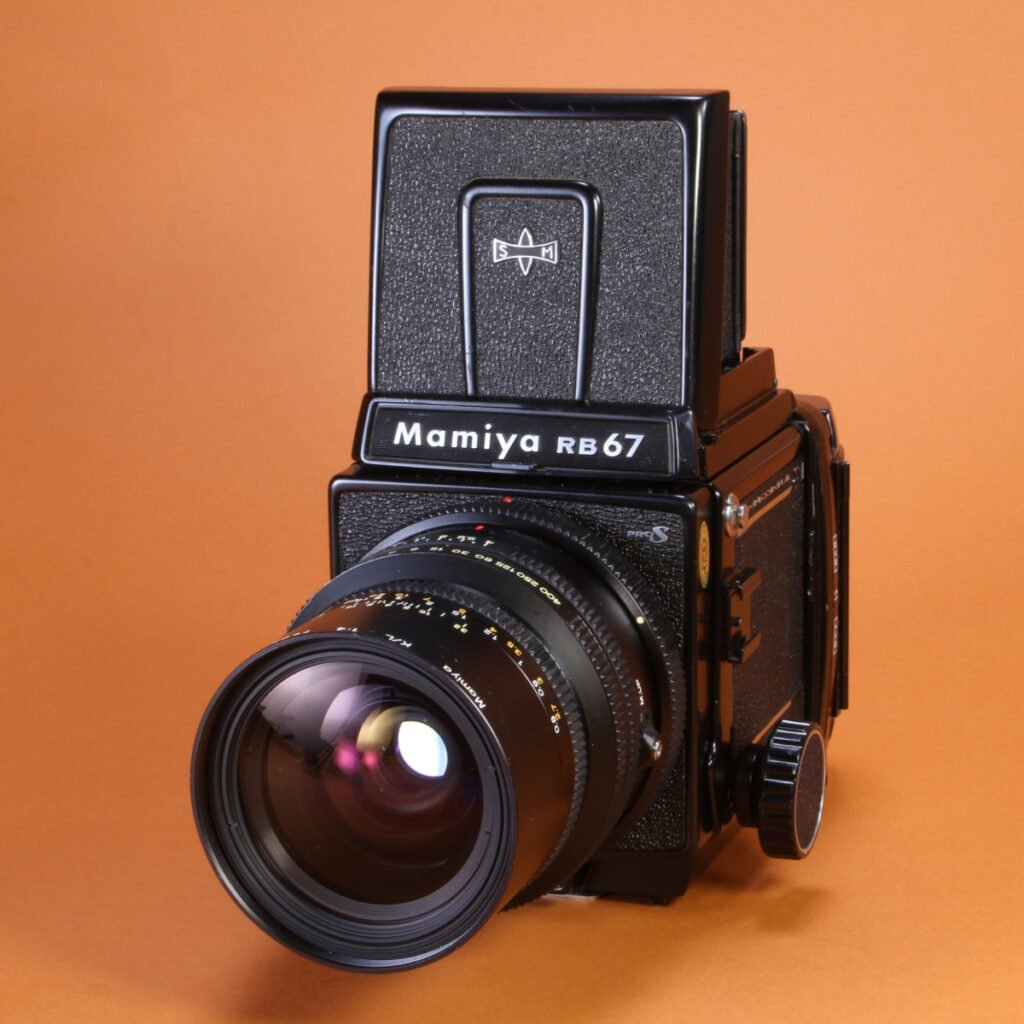
Born in the 1970s and built like a Soviet tank, the RB67 is a medium format monster that has somehow survived the digital apocalypse and come out the other side with a cult following of film nerds, hipster purists, and people who just really like the sound of a leaf shutter.
So what makes this camera so special (aside from being a great arm workout)? Let’s dive into the quirks, features, and undeniable charm of the Mamiya RB67—the analog camera that refuses to die.
1. Modular AF
And no, not auto focus. The RB67 is as manual as it gets. But in terms of design, this camera is basically LEGO for grown-up photographers.
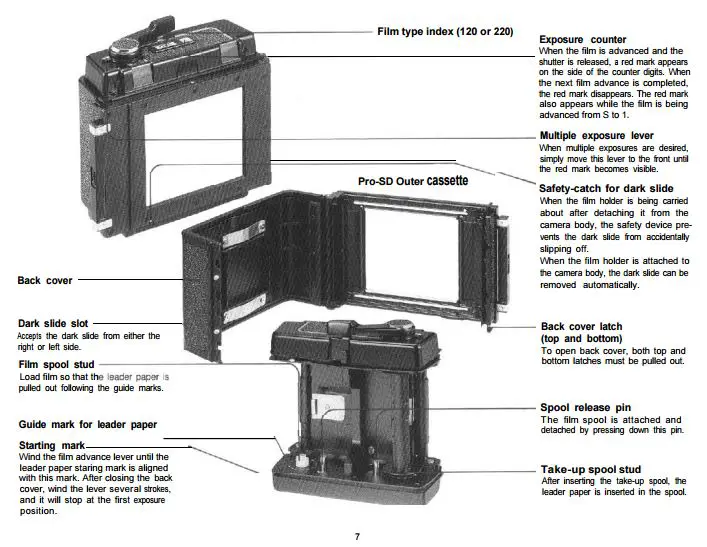
- Film backs? Swap them mid-roll like a pro. Color film for daylight, black and white for drama—you decide.
- Viewfinders? Waist-level, prism, metered—you’ve got options. Lots of them.
- Lenses? Oh, honey. Mamiya Sekor lenses are sharp enough to shave with.
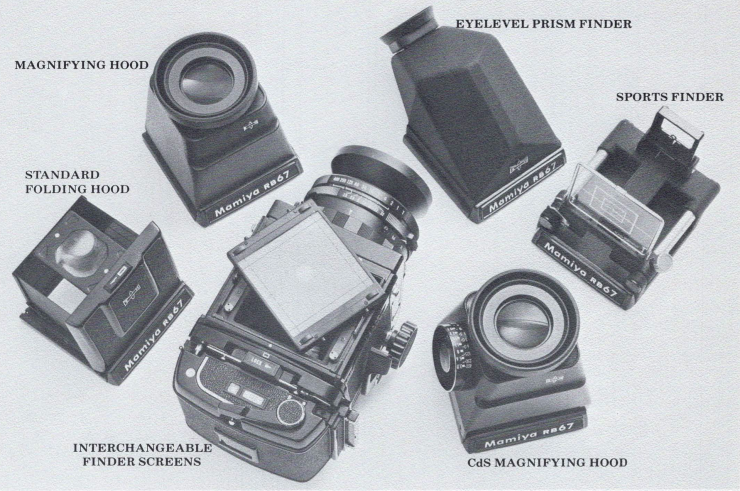
Even the film orientation can be changed without turning the camera. How? The back rotates. That’s right. The “RB” stands for Rotating Back, which means you can shoot portrait or landscape without moving your tripod, your subject, or your entire body. Genius? Absolutely. Lazy? Also yes.
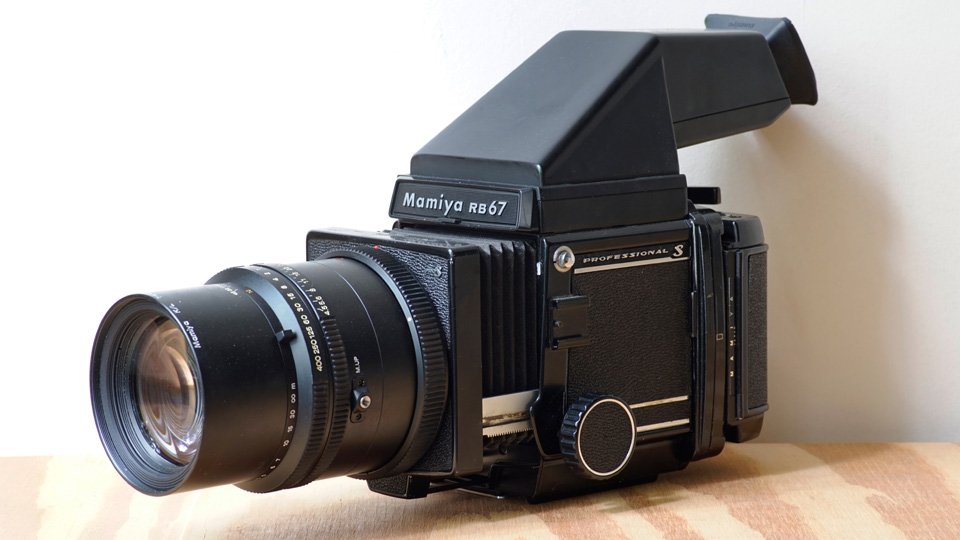
2. True 6×7 Format: Go Big or Go Home
They say size doesn’t matter. But when it comes to film negatives, it totally does.
Shooting 6×7 gives you a massive negative—almost five times the size of 35mm. The result? Insane detail, creamy bokeh, and images so rich and textured they could probably pay your rent.
Plus, it’s often called the “ideal format” because it balances quality with practicality. You get 10 shots per roll, which is just enough to be intentional without making you cry every time you burn a frame.
3. No Batteries, No Problem
One of the most glorious things about the RB67 is that it doesn’t care about batteries, electricity, or the modern world at all. It’s fully mechanical.
Your iPhone dies after 6 hours? This camera will keep shooting through a zombie apocalypse. The only thing electric here is your personality when you’re using it.
Unless you attach a metered prism (which needs a battery), everything runs on gears, springs, and pure willpower. That means fewer things to break, and more time for you to look cool winding film like it’s 1975.
4. Built-In Bellows: Hello, Macro Magic
Instead of focusing by twisting the lens like a peasant, the RB67 moves the whole lens forward and backward using a bellows system—just like the old large format cameras.
This means:
- Super precise focusing, especially for close-up shots.
- Built-in macro capability without special lenses.
- The joy of watching your lens accordion out like it’s about to recite poetry.
It’s delightfully over-engineered, and once you use it, you’ll wonder why every camera doesn’t do this.
5. Lenses That Slap (In a Very Polite, Japanese Way)
Mamiya’s Sekor lenses are criminally underrated. They’re:
- Razor sharp (but with soul)
- Beautifully color-balanced
- Built like tiny metal tanks
Popular choices include the 90mm f/3.8 (your go-to standard), the 127mm f/3.8 (for flattering portraits), and the 50mm f/4.5, which is wide enough to make your tiny apartment look like a penthouse suite.

And because the shutter is in the lens (leaf shutter style), you can sync flash at all shutter speeds, which is a big deal for studio photographers and anyone who enjoys the look of perfectly lit eyeballs. (below portraits shot on Kodak Portra 400 by the awesome Jimmy Edwards).


6. Waist-Level Finder: Look Down, Look Cool
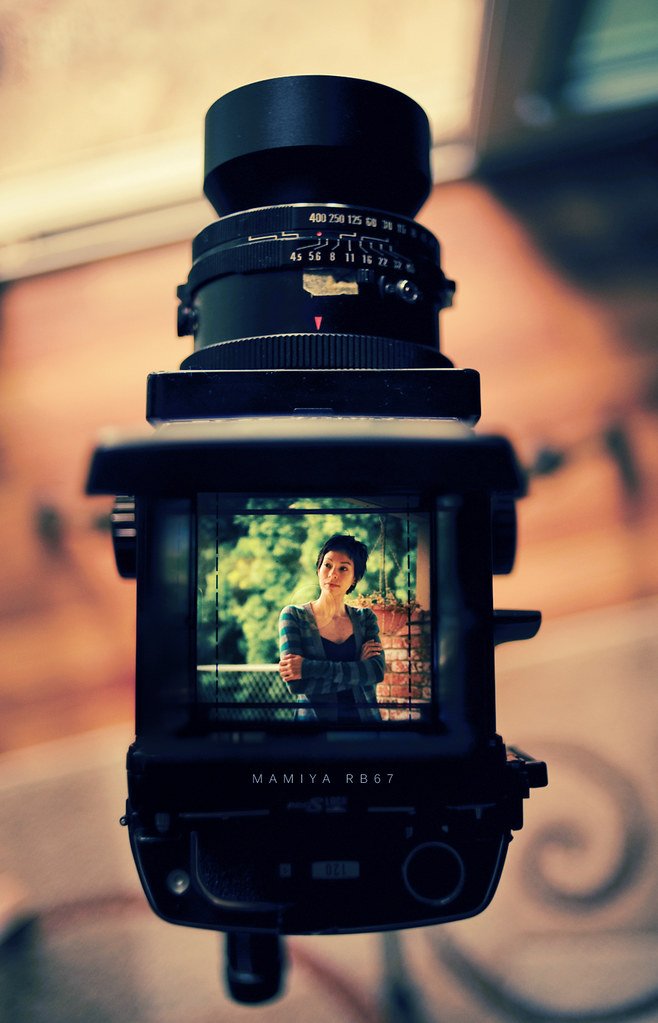
There’s something undeniably cinematic about composing a shot through the waist-level finder. You’re not just snapping a photo—you’re staring into a luminous portal that shows you the world reversed and square.
- People don’t notice you shooting? Great for candids.
- Makes you feel like an old-timey war correspondent? Yes, please.
- Bonus: you get to look deeply introspective while photographing trash cans and alleyways.
You’ll start composing more thoughtfully, partly because it’s beautiful and partly because bending over this 6-pound brick makes you feel like a Victorian ghost photographer.
7. Weight: Not a Bug, It’s a Feature
Let’s be honest. The RB67 is heavy. With a lens and film back, it’s around 2.5 kg (5.5 lbs). Add a tripod, and congratulations—you now qualify for a light cardio workout.
But that weight comes with benefits:
- Stability (handheld shots at low speeds? Yes.)
- Durability (drop it and you’ll break the floor, not the camera)
- Presence (people will either respect you or ask if you’re filming a movie)
So yeah, it’s not exactly a pocket camera. Unless you wear cargo pants and have very strong legs.
8. Price: A Pro Camera Without the Pro Price Tag
Once upon a time, the RB67 was a serious investment. Studio pros used them to shoot fashion campaigns and portraits that ended up on magazine covers.
Now? You can get a full working kit for less than the price of a new mirrorless lens. It’s one of the best values in medium format film photography—big results for not-so-big bucks. Looking for a place to buy? I recommend KEH.com they rock!
Just be prepared to hunt a bit for film backs and accessories. eBay can become your new best friend (and enemy, when you realize you need five more things) – or stick with the awesome sites like KEH above.
9. Slows You Down—in the Best Way
The RB67 isn’t a “spray and pray” kind of camera. You:
- Load the film
- Cock the shutter
- Focus with precision
- Compose like a Renaissance painter
- Take one glorious frame
- Wind everything again
It’s not quick. It’s not convenient. But it does force you to be present. Every shot becomes a decision, not a reflex. And in a world of instant everything, that’s kind of magical.
Final Thoughts: Should You Get One?
If you’re looking for a lightweight travel companion, the RB67 is… not it. But if you want a studio beast, a mechanical marvel, or a camera that turns heads and produces gorgeous, high-resolution images—this is your soulmate.
It’s not just a camera. It’s a commitment. A vibe. A lifestyle choice that says, “Yes, I will lug this thing to a park bench just to shoot three frames—and I’ll love every minute of it.”
I myself shot this big beast handheld on the streets of Chicago close to my office and the river walk during my lunch time.
So dust off your light meter, load up some 120 film, and embrace the glorious burden that is the Mamiya RB67.
You will be glad you did!
-Rich
Side note : Shot with an RB67? Love it? Hate it? Want to start a support group for people who’ve dropped one on their foot? Sound off in the comments.
